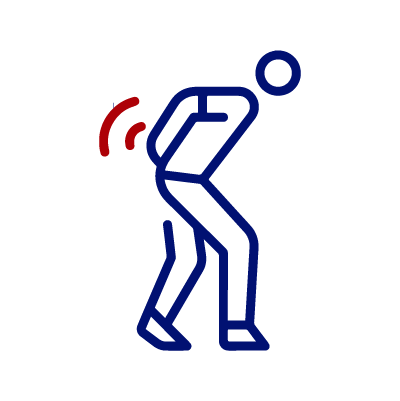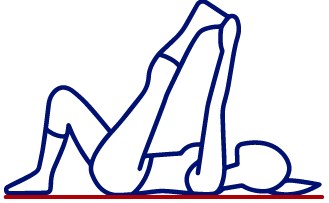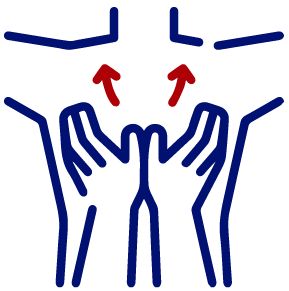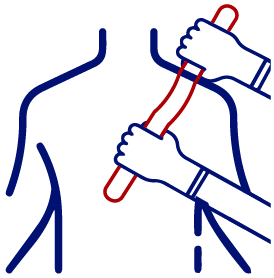
What Is Pregnancy-Related Back Pain?
Pregnancy-related low back pain is a discomfort or pain felt in the lower back during pregnancy. This condition can range from mild discomfort to severe pain and is often related to the physical and hormonal changes that occur during pregnancy.
What Are The Symptoms?
Recognizing the symptoms of pregnancy-related back pain is essential for understanding and addressing underlying issues. Here’s an overview of common symptoms associated with back discomfort during pregnancy:

Dull Ache or Sharp Pain
Women may experience a persistent dull ache or sharp pain in the lower back.

Muscle Tension
Tightness and tension in the muscles of the lower back.

Radiating Pain (Sciatica)
Pain may radiate down the buttocks and legs, commonly known as sciatica.

Difficulty Standing or Walking
Some women find it challenging to stand or walk for extended periods.

Pain During Specific Movements
Pain may intensify during activities like bending, lifting, or changing positions.
Causes And Risk Factors
Understanding the causes and risk factors of pregnancy-related back pain is crucial for effective prevention and management of this discomfort, offering valuable insights into strategies to maintain spinal health and overall well-being.
What Are The Causes?
Pregnancy-related back pain may arise as the body undergoes changes, including shifts in weight distribution and hormonal influences. Several factors contribute to the development of this condition:
- Weight Gain: The added weight during pregnancy puts increased stress on the spine and back muscles, leading to discomfort and pain.
- Postural Changes: As the body adapts to accommodate the growing fetus, the center of gravity shifts, causing changes in posture that can strain the back.
- Hormonal Changes: Hormones like relaxin soften the ligaments and joints in preparation for childbirth, leading to instability in the pelvic area and low back which can contribute to back pain.
- Muscle Separation: The expanding uterus can cause the abdominal muscles to stretch and separate, weakening the core and adding stress to the back muscles.
- Stress on Pelvic Organs: The growing baby exerts pressure on nearby organs, leading to discomfort and pain in the lower back.
- Stress on Pelvic Floor Muscles: The increased weight and pressure can weaken pelvic floor muscles, contributing to back pain.
- Sciatic Nerve Compression: Pressure on the sciatic nerve due to the expanding uterus can cause radiating pain in the back and legs.
What Are The Risk Factors?
Identifying the risk factors associated with pregnancy-related back pain is essential for preemptive measures. These factors play pivotal roles in determining the likelihood of developing discomfort in the back during pregnancy.
- Multiple Pregnancies: Women carrying twins or multiples are at a higher risk due to the increased weight and pressure on the spine.
- Sedentary Lifestyle: Lack of regular exercise and physical activity before or during pregnancy can contribute to weakened back muscles.
- Excessive Weight Gain: Rapid or excessive weight gain during pregnancy can put more strain on the back.
- Poor Posture: Individuals with poor posture before or during pregnancy are more susceptible to back pain.
How Is Pregnancy-Related Back Pain Diagnosed?
When diagnosing back pain during pregnancy, a comprehensive approach is taken. This includes a thorough review of the patient’s medical history, a careful physical examination, and the possibility of using an MRI to rule out a herniated disk. X-rays and CT scans are often avoided due to their radiation exposure. However, X-ray shielding can be used easily to protect the baby when areas other than the low back or pelvis need to be visualized. For example, the neck.

How Can We Treat Pregnancy-Related Back Pain?
At Highlands Family Chiropractic, we offer various treatment options for your back pain, including the following:
Explore our specialized chiropractic services and begin your pain-free journey today.
Experience relief and care for pregnancy-induced back discomfort with Highlands Family Chiropractic.





